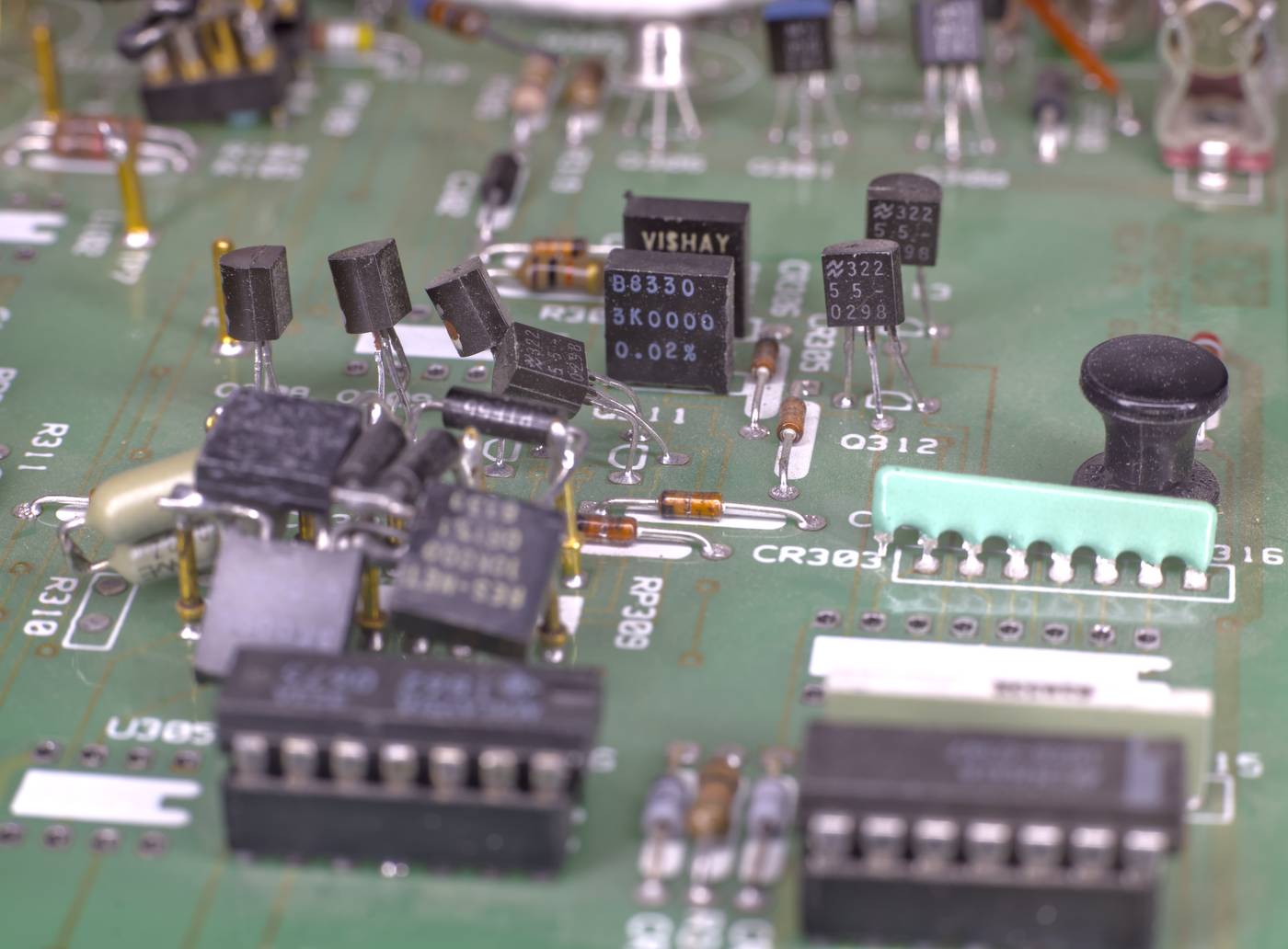Intro
Good 9 years passed since xDevs.com acquired and repaired own first broken HP 3458A. All that was documented and shared in this first online 3458A repair article back in 2015. That 3458A is still going strong with non-stop 24/7 operation every day, delivering DCV measurements and handling metrology experiments daily at xDevs.com. Since 2015 xDevs helped and repaired more than 17 different HP and Agilent era 3458As and have number of healthy units in constant use all year long with periodic performance verification and stability checks. Links below are useful to refresh reader’s memory to some of the past HP3458A units publications:
- First xDevs.com HP 3458A restoration
- Second xDevs.com HP 3458A restoration
- HP 3458A repair for a friend
- HP 3458A repair and FRAM upgrade by TEKTRON
- Experiments with HP 3458A shunts
- Project 3459X, building high-end DMM by using scrap 3458A parts
- How to buy 3458A DMM and not go insane fixing it
Article here is aimed to show us a little insight to legacy of the HP3458A development. This time is not about some easy epay-special HP 3458A repair with board and Elantec comparator swaps. This time xDevs got hands on the very early prototype 4 of the 03458-66501 A1 DC entry board datecoded by year 1983. This is good 6 years before the public release to the market. We already looked at the year 1985 pre-production prototype 74 thanks to information provided by George Hnatiuk who was the engineer involved with A1 board PCBA design.
Disclaimer
Redistribution and use of this article or any images or files referenced in it, in source and binary forms, with or without modification, are permitted provided that the following conditions are met:
- Redistribution of article must retain the above copyright notice, this list of conditions, link to this page (/pow/proto4_3458/) and the following disclaimer.
- Redistribution of files in binary form must reproduce the above copyright notice, this list of conditions, link to this page (/pow/proto4_3458/), and the following disclaimer in the documentation and/or other materials provided with the distribution, for example Readme file.
All information posted here is hosted just for education purposes and provided AS IS. In no event shall the author, xDevs.com site, or any other 3rd party, including Keysight Technologies be liable for any special, direct, indirect, or consequential damages or any damages whatsoever resulting from loss of use, data or profits, whether in an action of contract, negligence or other tortuous action, arising out of or in connection with the use or performance of information published here.
If you willing to contribute or add your experience regarding HP/Agilent/Keysight instruments repairs or provide extra information, you can do so following these simple instructions
Overview of 1983 engineering prototype-4 03458-66501 board
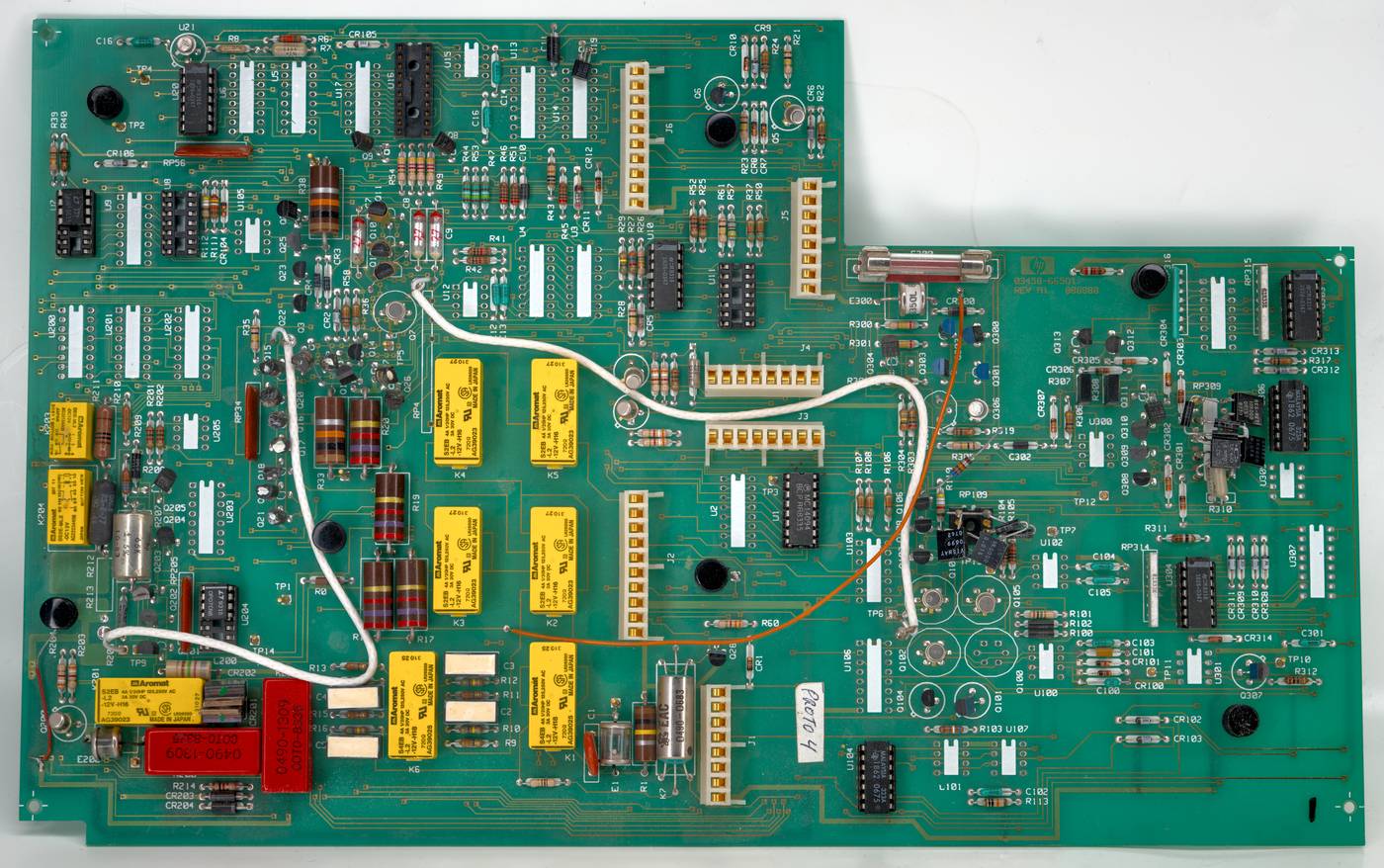
Image 1. HP 3458A 1983 prototype A1, front. Click for high-resolution version
Board is quite different physically than anything we ever seen before in 3458A and used plastic push-pins to mount with chassis. Connector layout for interfacing other boards is unique to this prototype and not common like newer 3458A have.

Image 2. HP 3458A 1983 prototype A1, bottom. Click for high-resolution version
Lot of parts are missing so perhaps this PCB was used just as a parts donor for later units. All the cable interconnects on the board are rigidly soldered in instead of pluggable turret connectors used these days.
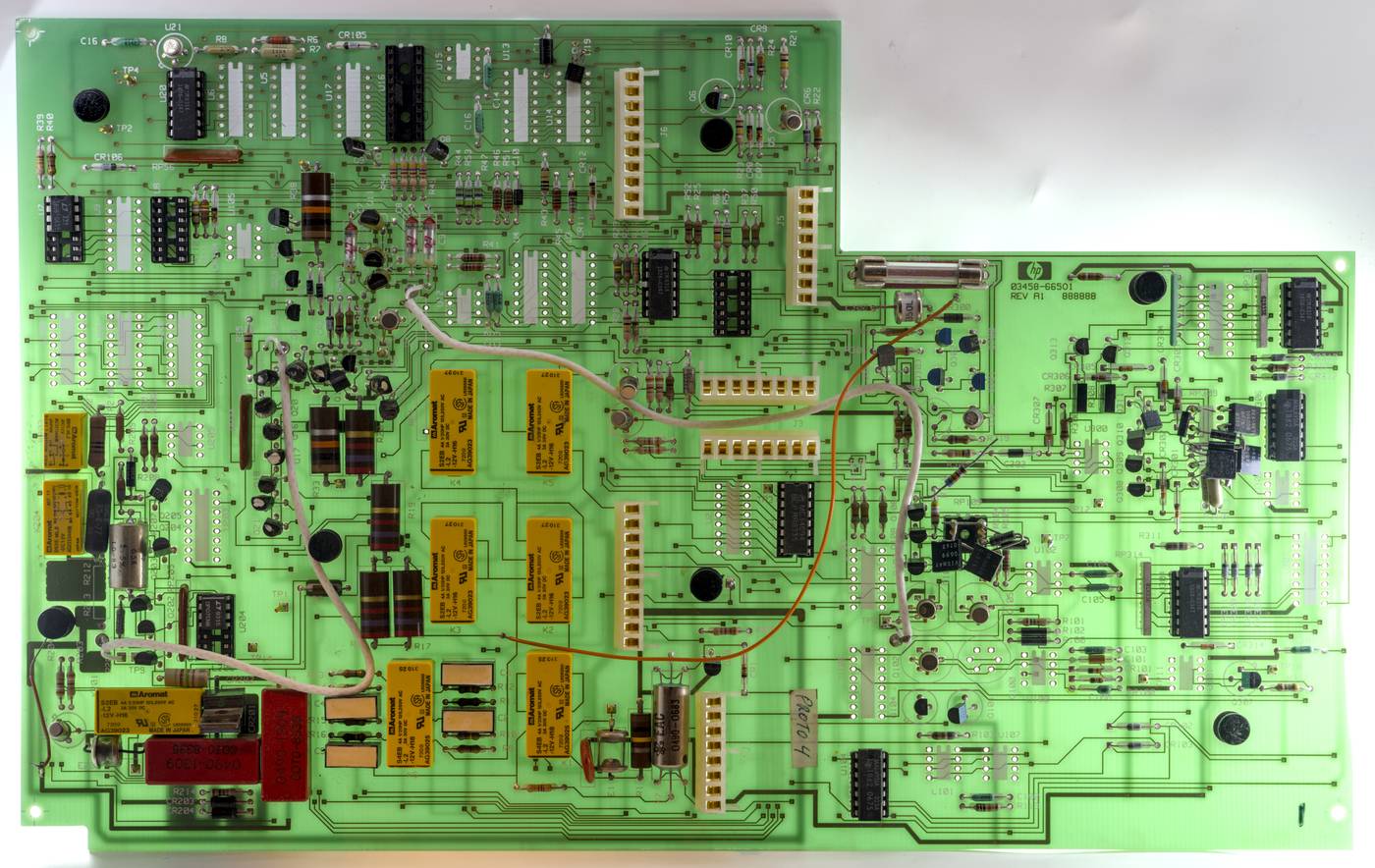
Image 3. HP 3458A 1983 prototype A1, light thru front. Click for high-resolution version
For comparison this is how actual production HP-era A1 03458-66501 DC board looks like:
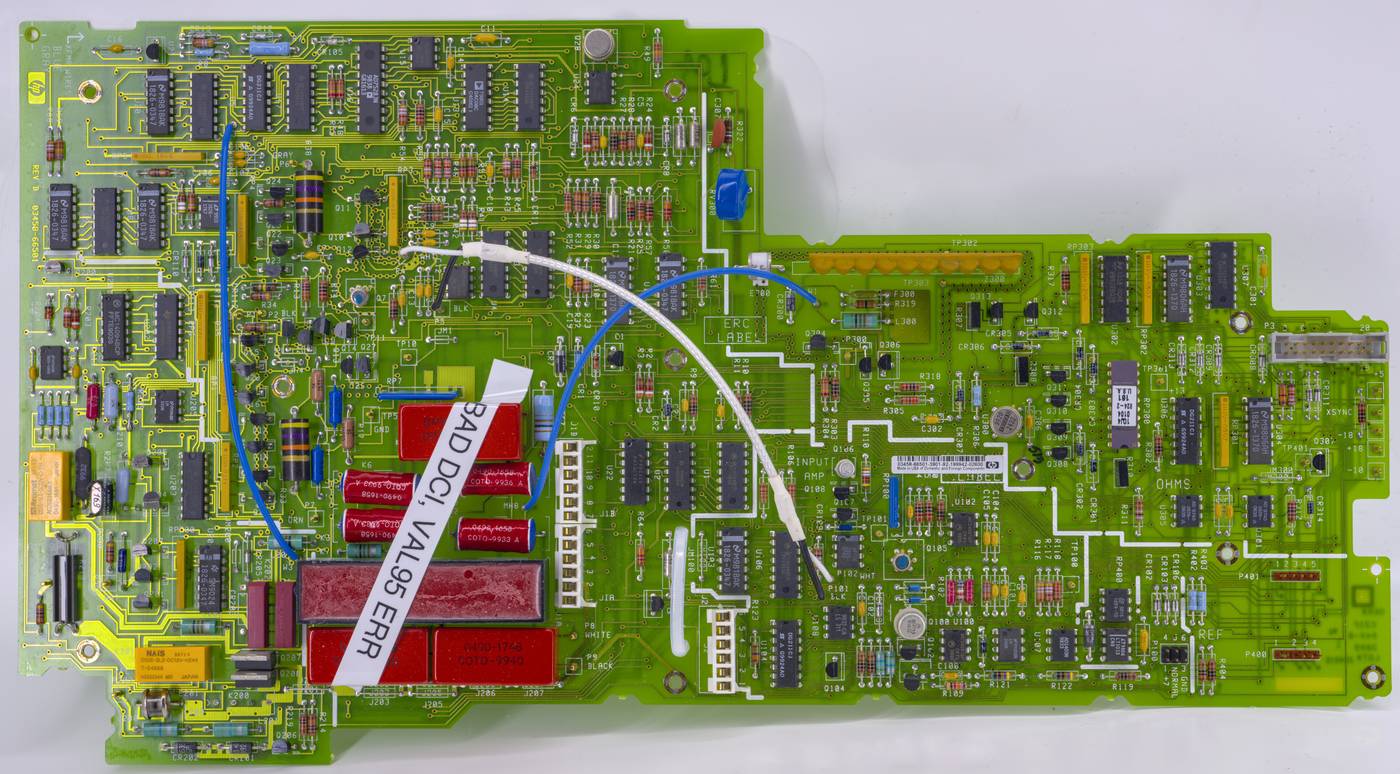
Image 4. HP 3458A 1993 production A1, front. Click for high-resolution version
And this is how latest RoHS lead-free black Keysight 3458A A1 looks like:
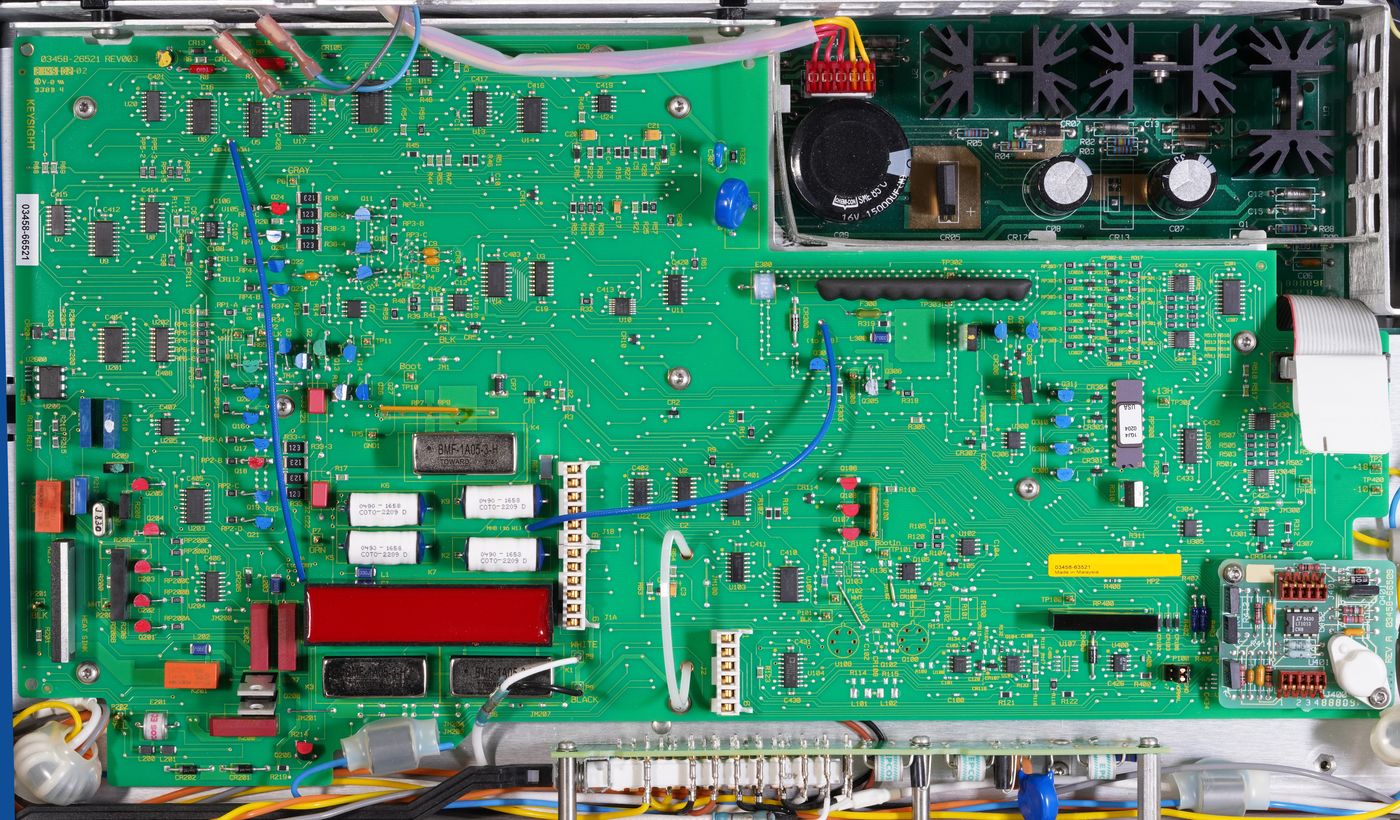
Image 5. Keysight 3458A early 2022 production A1, front. Click for high-resolution version
Details and interesting bits on 1983 prototype
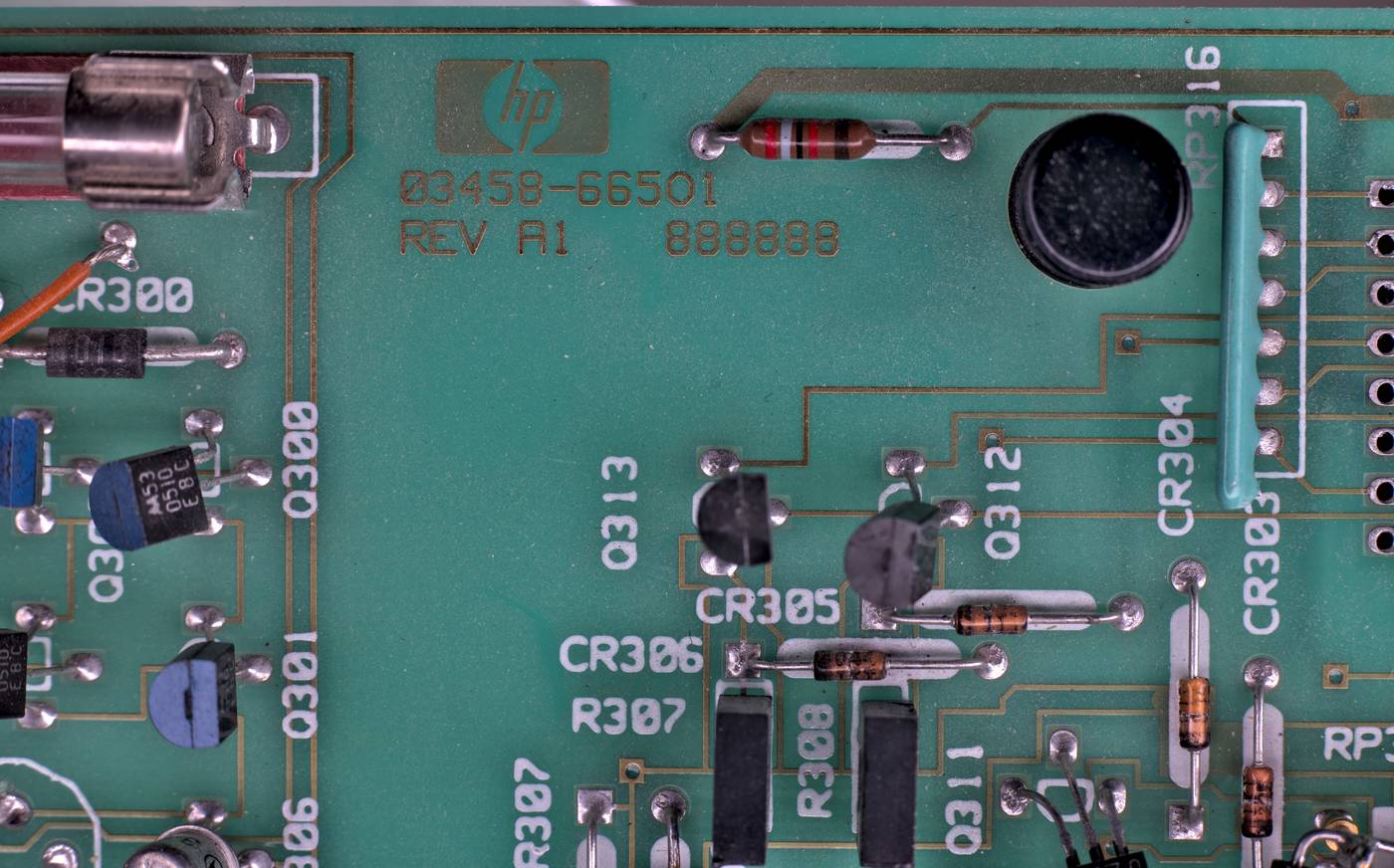
Image 6. PCB marking confirm that it’s indeed 3458 project hardware and not some other product
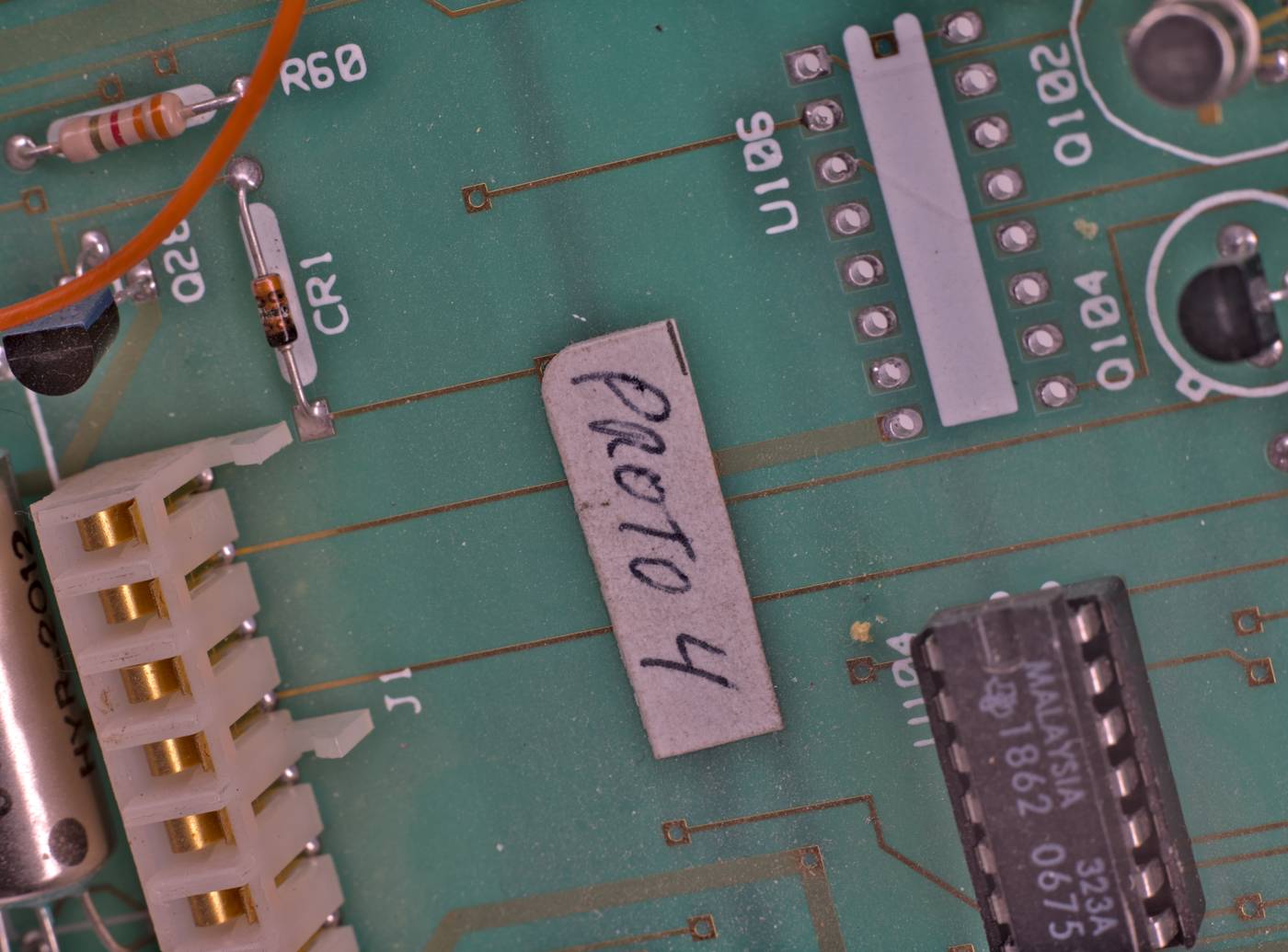
Image 7. Proto 4 paper sticker with hand-writing by engineers
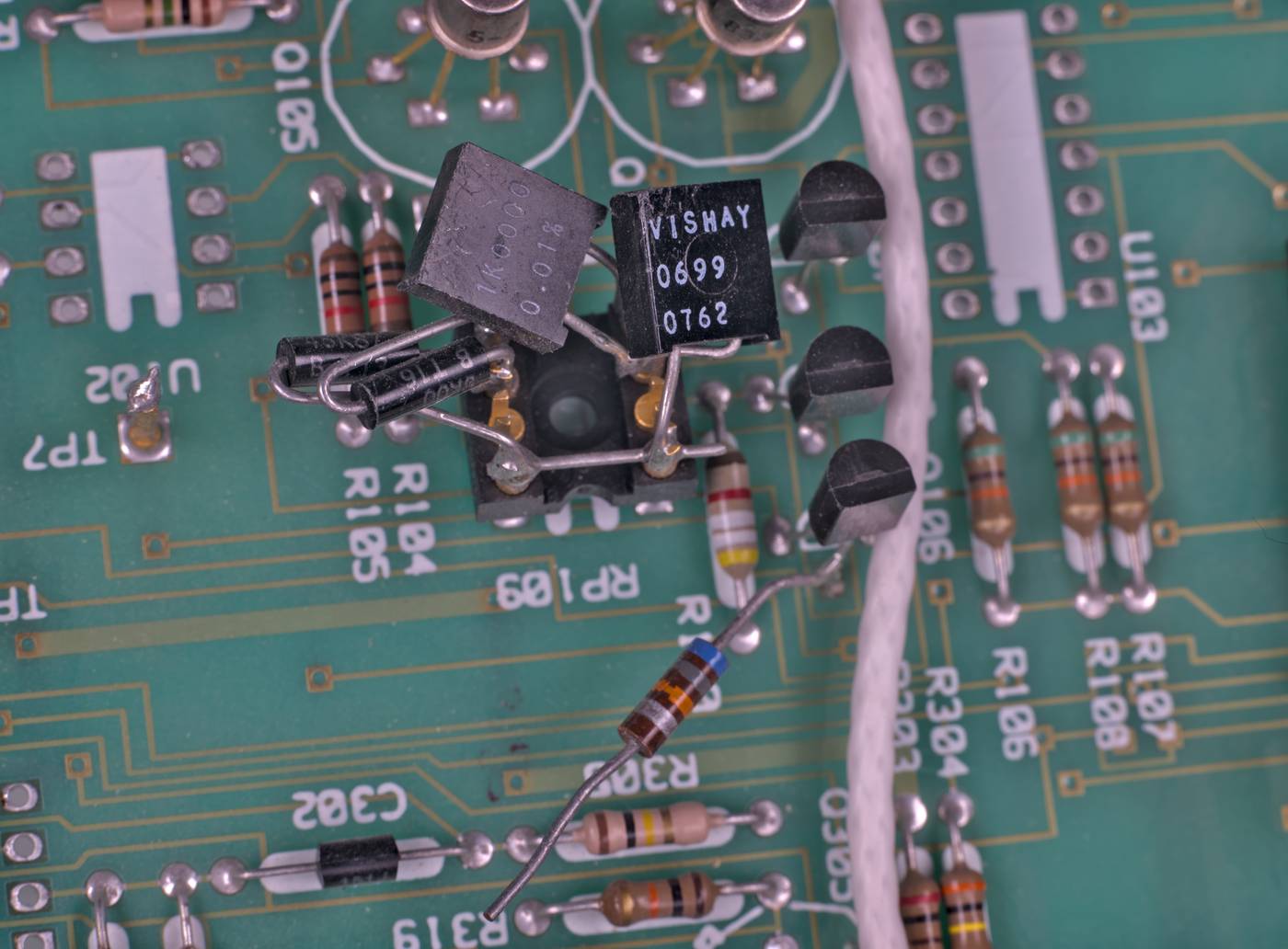
Image 8. Fixed resistors were used instead of networks for testing and tweaking.
Something that you’d often see in hobby projects – fixed resistors bodged together to make a “network”. Here we can find Vishay bulk-metal foil resistors and some precision wirewounds together. It made testing and development easier since you did not want to wait longer time and higher costs of custom networks for testing circuit operation. All that custom network stuff come at a later date when you have design functionally verified and working well.
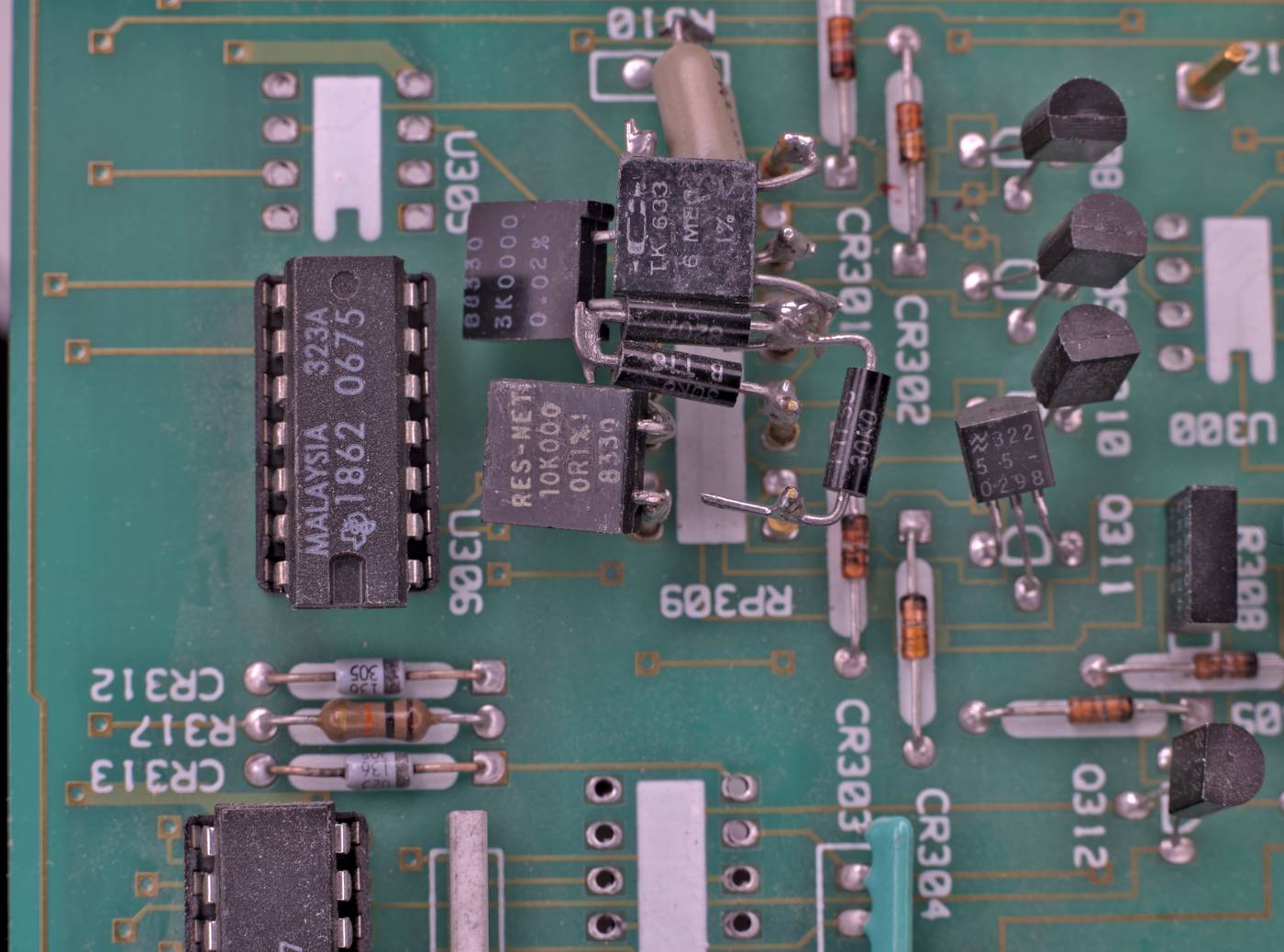
Image 9. Fixed resistors were used instead network to set current source levels.
Same process was applied for current source range resistors. Here we can find a mix of Vishay BMF 3 kΩ, RES-NET 10 kΩ, few 30 kΩ precision wirewounds and Caddock TK 633 6 MΩ resistors. This was replaced by RP300 ceramic resistor network in the later 1985 pre-production and later production units we all know today.
Some more traditional BMF resistors survived all design iterations even today, such as normally mounted 3 kΩ 0.02% BMF elements. CR303 looks like one element too long and a pin left hanging around :)
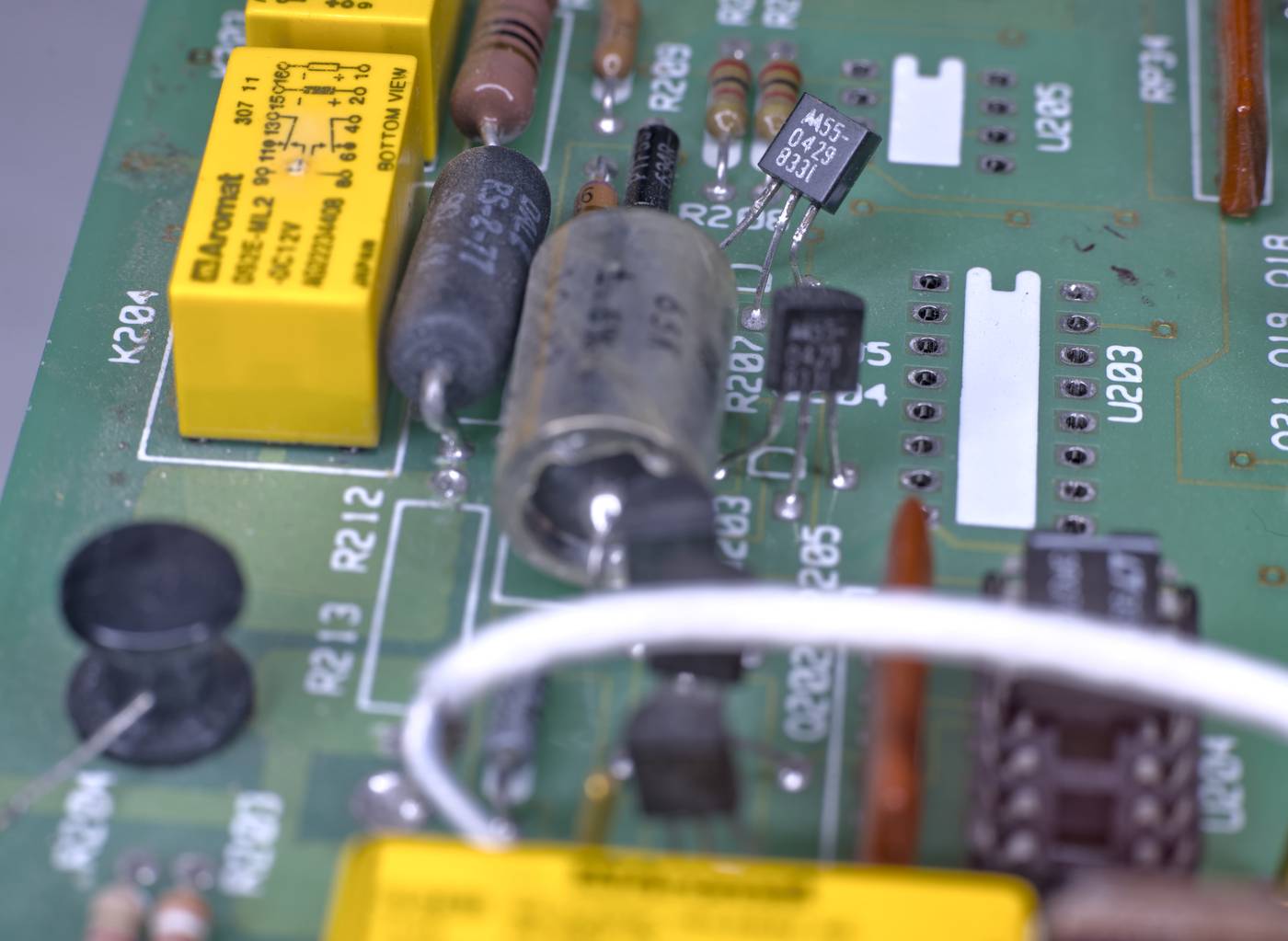
Image 11. TO-92 JFET switches everywhere
Looking at DCI current shunts/reference resistances we can spot lot of JFETs with custom HP part-numbers such as M55-0429 8331.
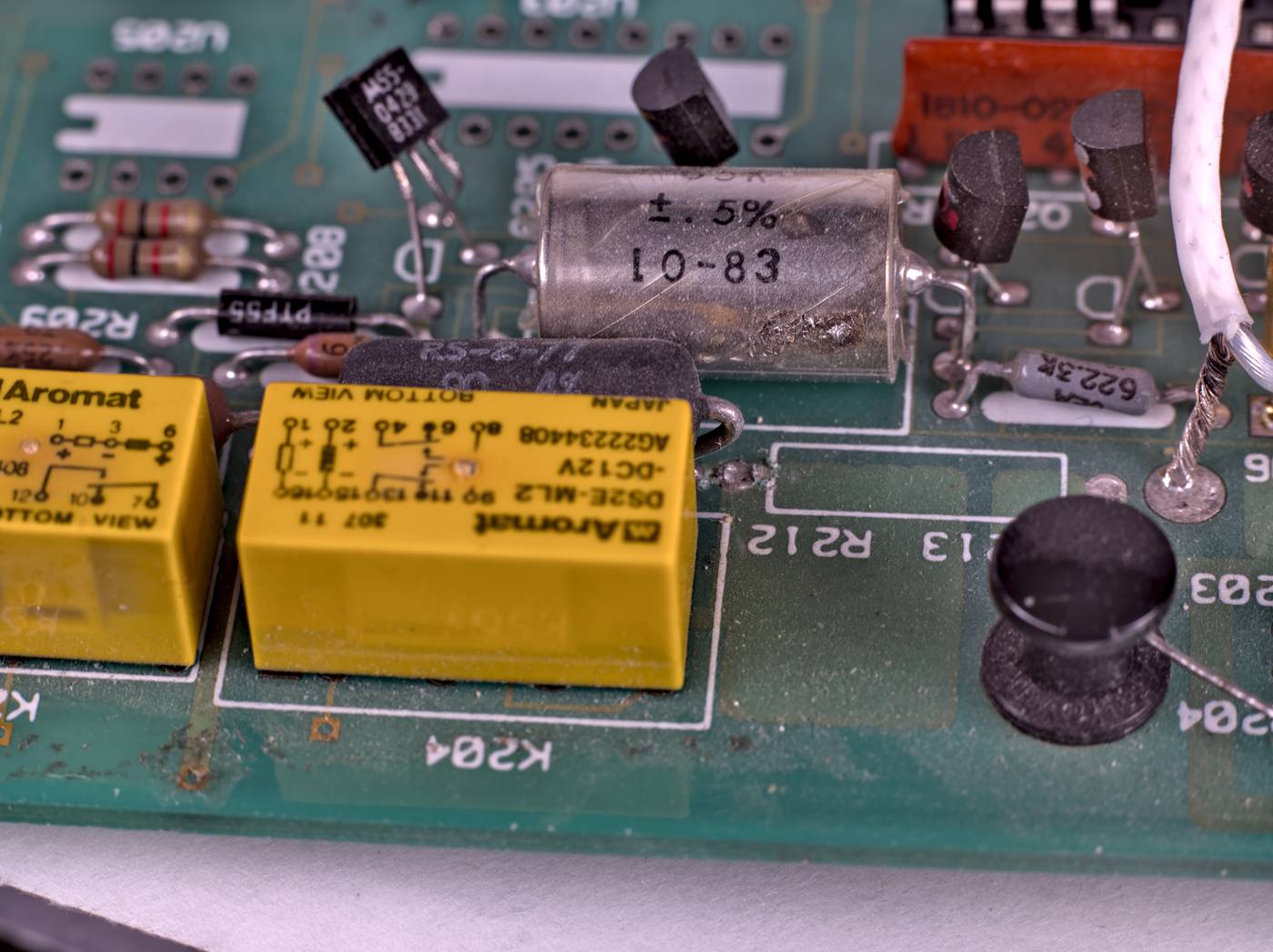
Image 12. Hermetic PWW resistor as a current reference
Large axial package is installed here instead of bulk-metal foil type 40 kΩ resistor we all know and love in modern 3458A. 10-83 hints October 1983 manufacturing date and resistor tolerance is 0.5%.
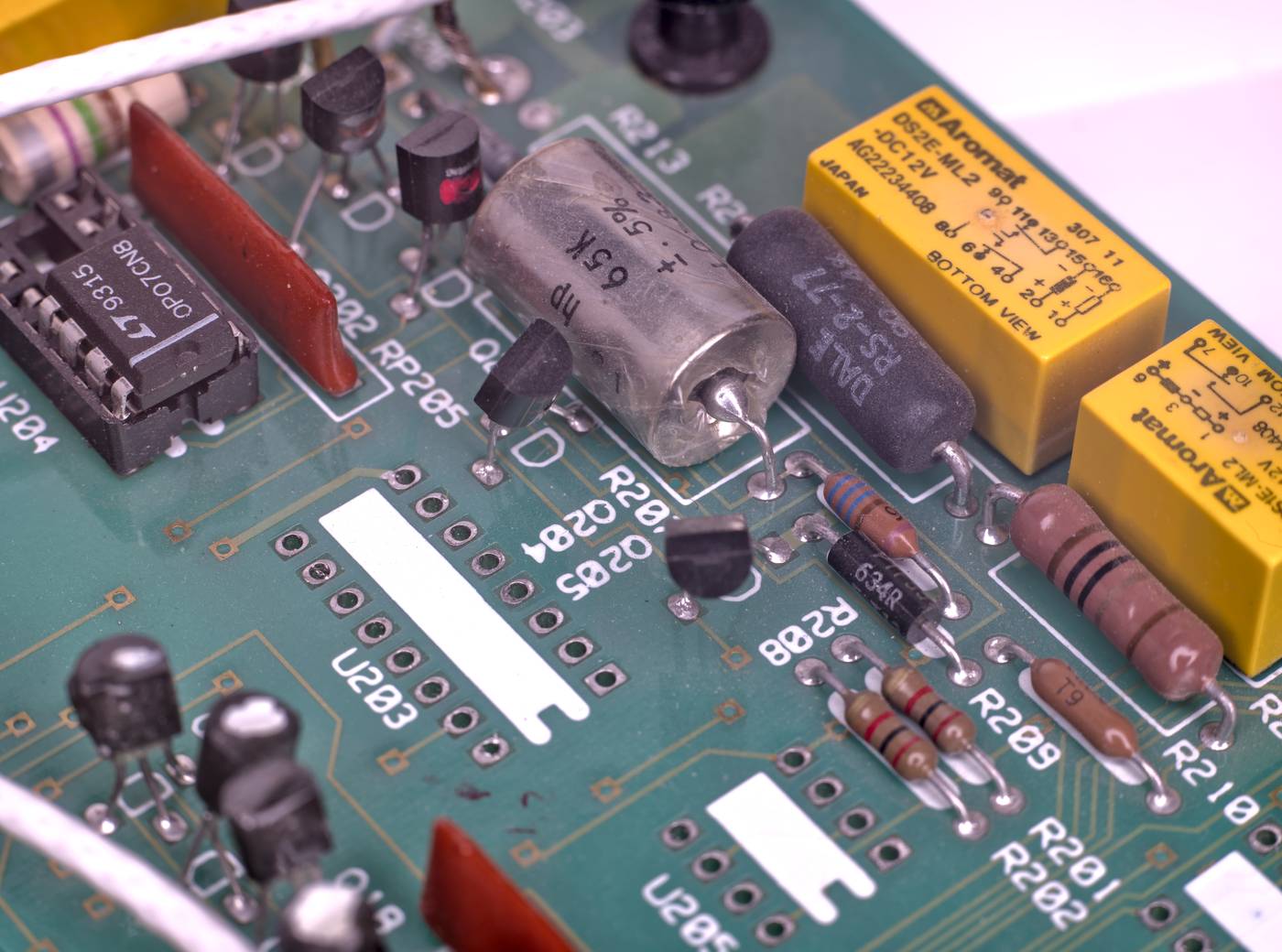
Image 13. Hermetic PWW resistor as a current reference
This resistor has own “hp” label and value 65 kΩ instead of traditional 40 kΩ. I’d bet internally it is oilfilled manganin or evanohm wire-wound element. Would be interesting to test it’s tempco, I never had HP hermetic resistors in the lab before. Other current range resistors can be spotted nearby too, such as 634 Ω PTF56, DALE RS-2-77 0.9 Ω 0.4% and 9 Ω R210.
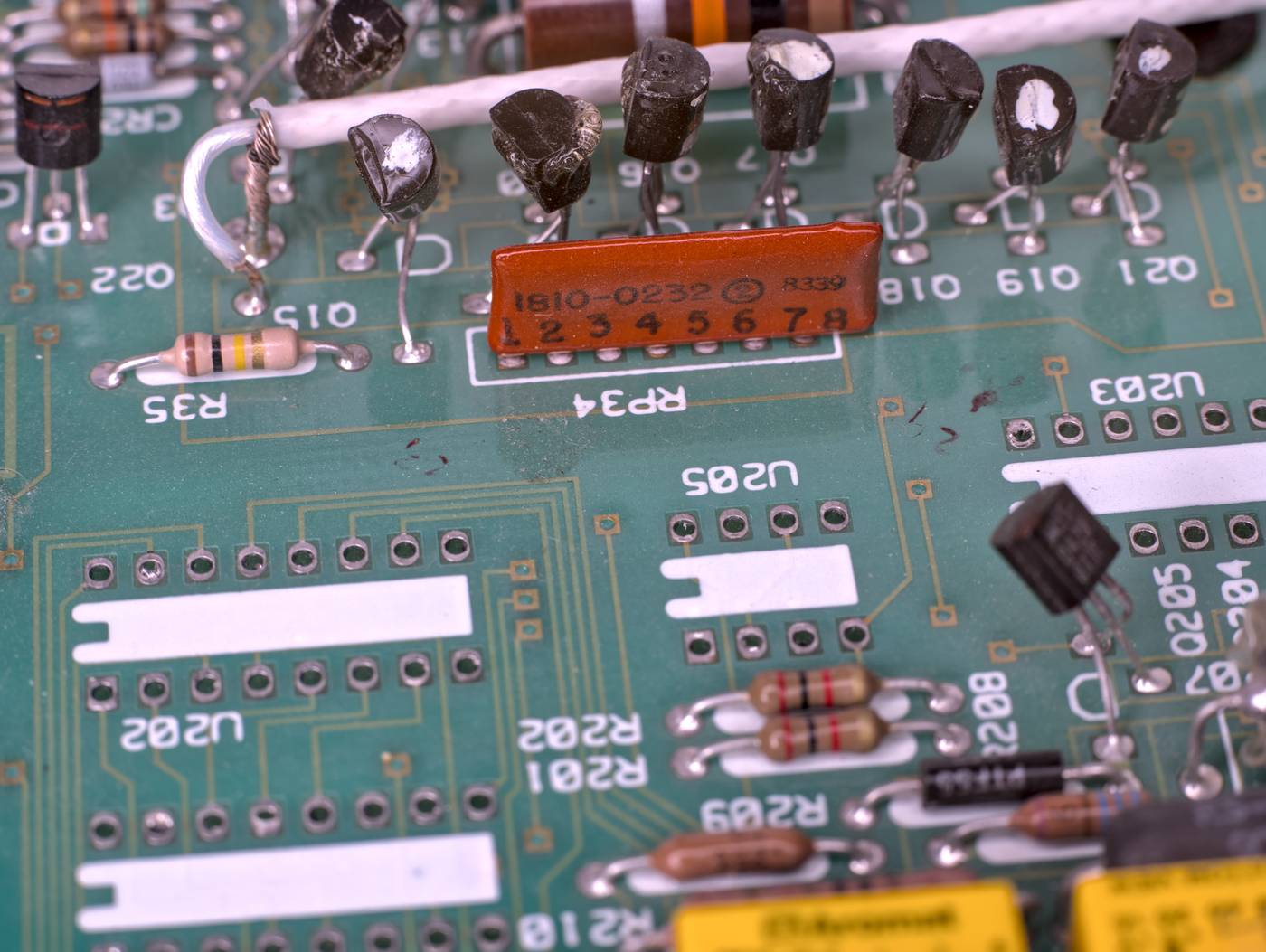
Image 14. Common resistor networks
For pull-up purposes non-critical resistors replaced and grouped into networks such as RP34. This is also used in modern boards, since no need for high stability there.
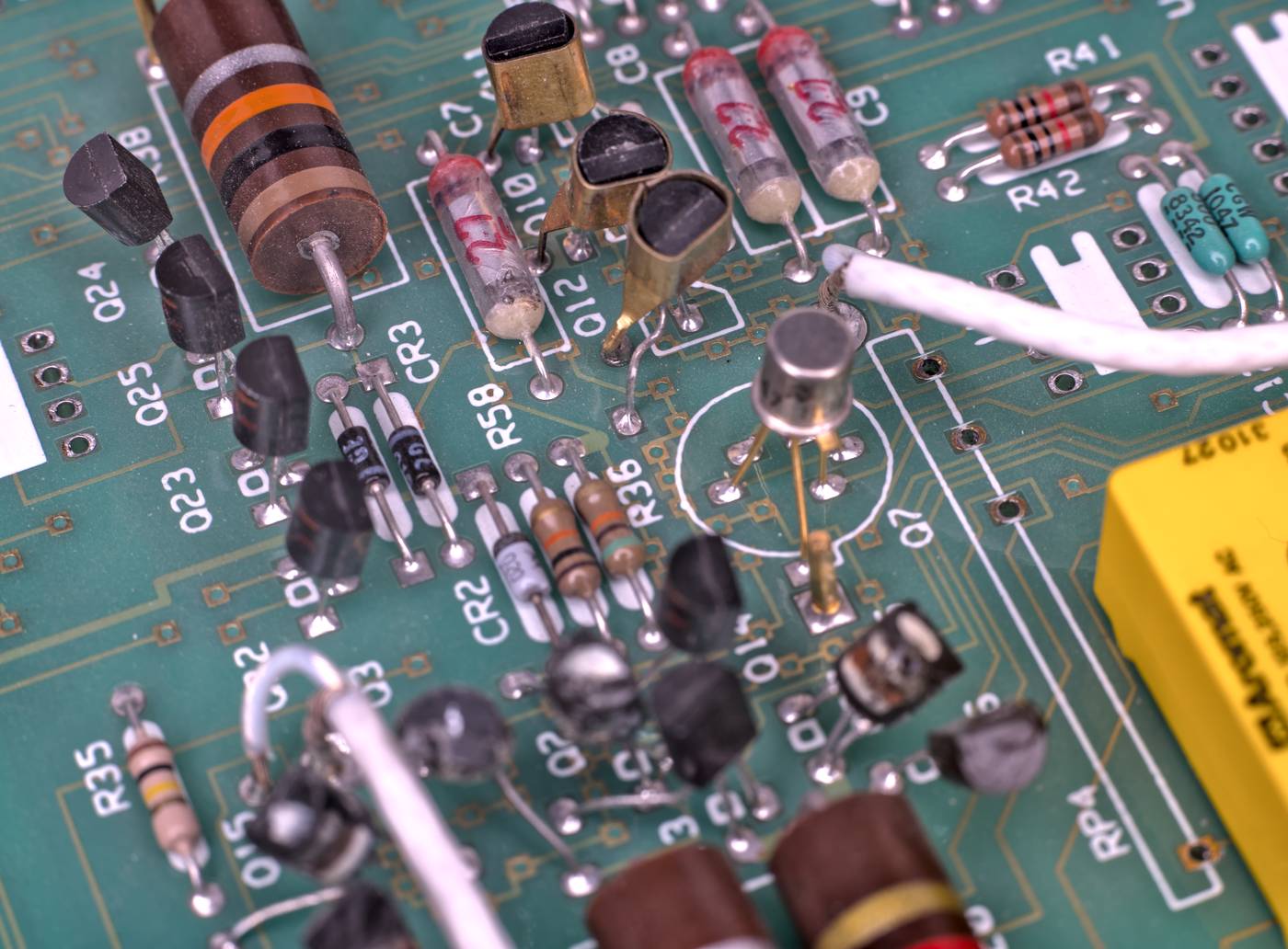
Image 15. Metal shielding/guarding around TO92 cases
Some of the JFET transistors had cute brass metal gaskets mounted around them with a pin for electrical connection. Perhaps some thermal heatsinking magic? I can’t see them doing anything else for leakage purpose there anyway. Few film capacitors are installed here as well instead of ceramics on modern boards.
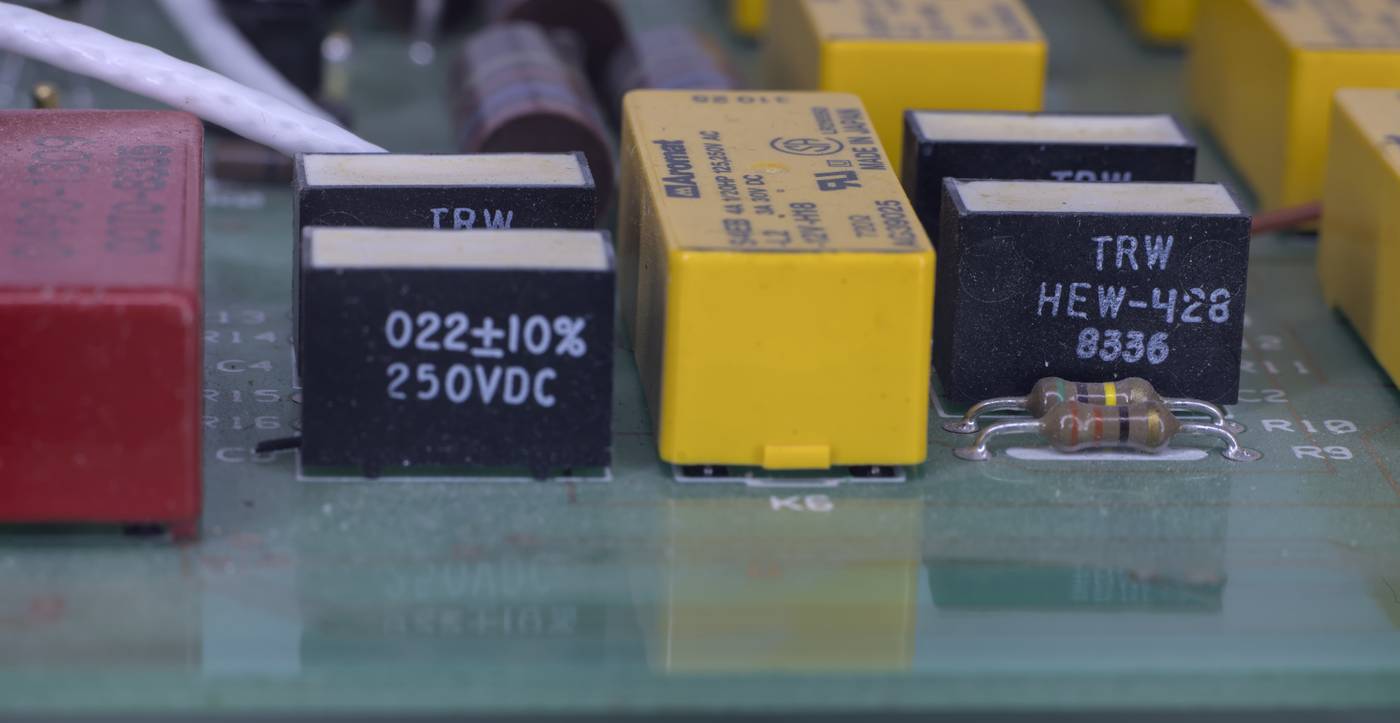
Image 16. Film capacitors around the relay
Not sure what’s going on here, perhaps AC coupling for the alternating voltage functionality?
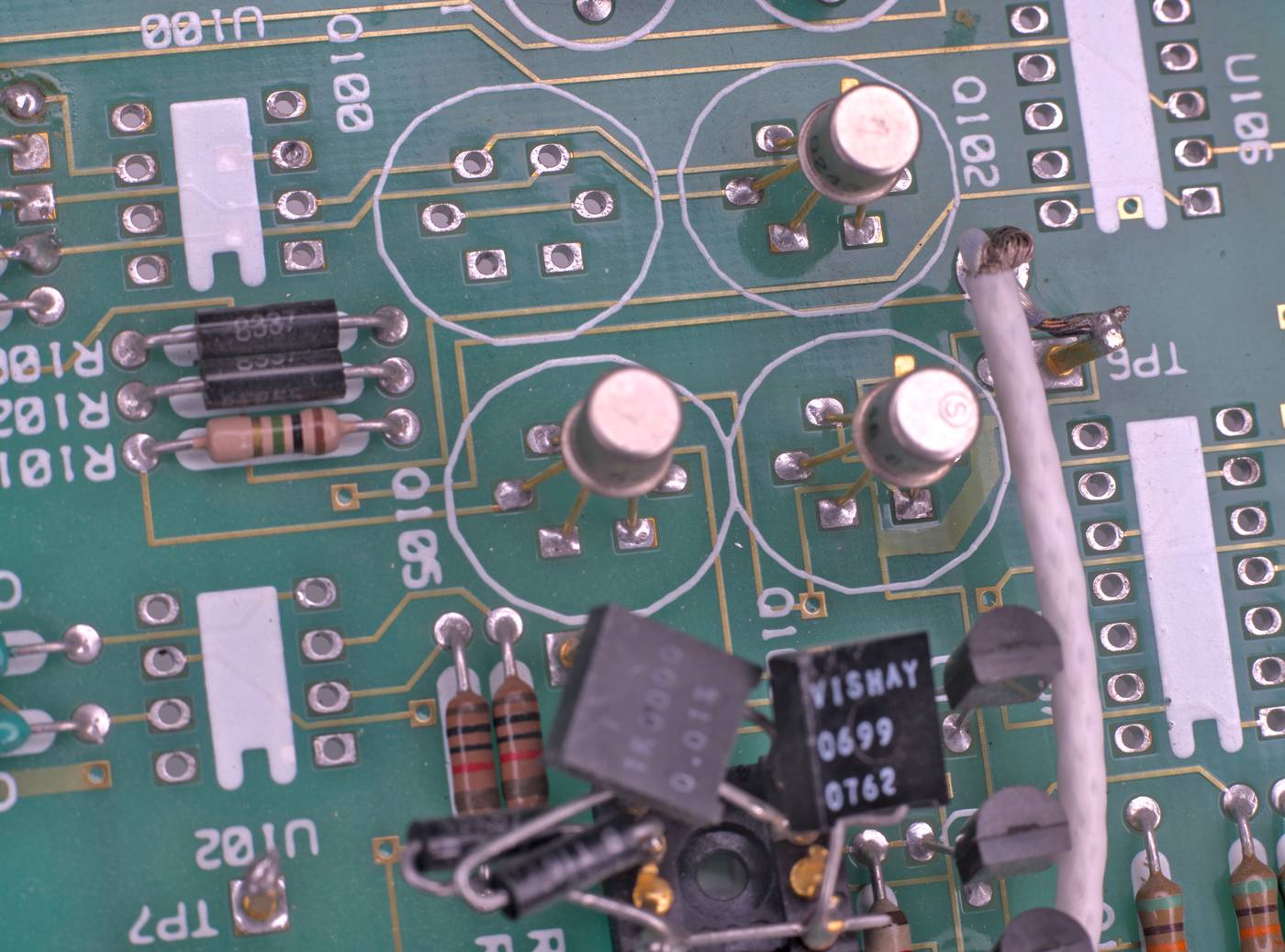
Image 17. Silkscreen around dual JFETs is bit wonky, probably hand-drawn in ancient CAD
Wonky silkscreen is especially visible in some parts like Q305 :-)
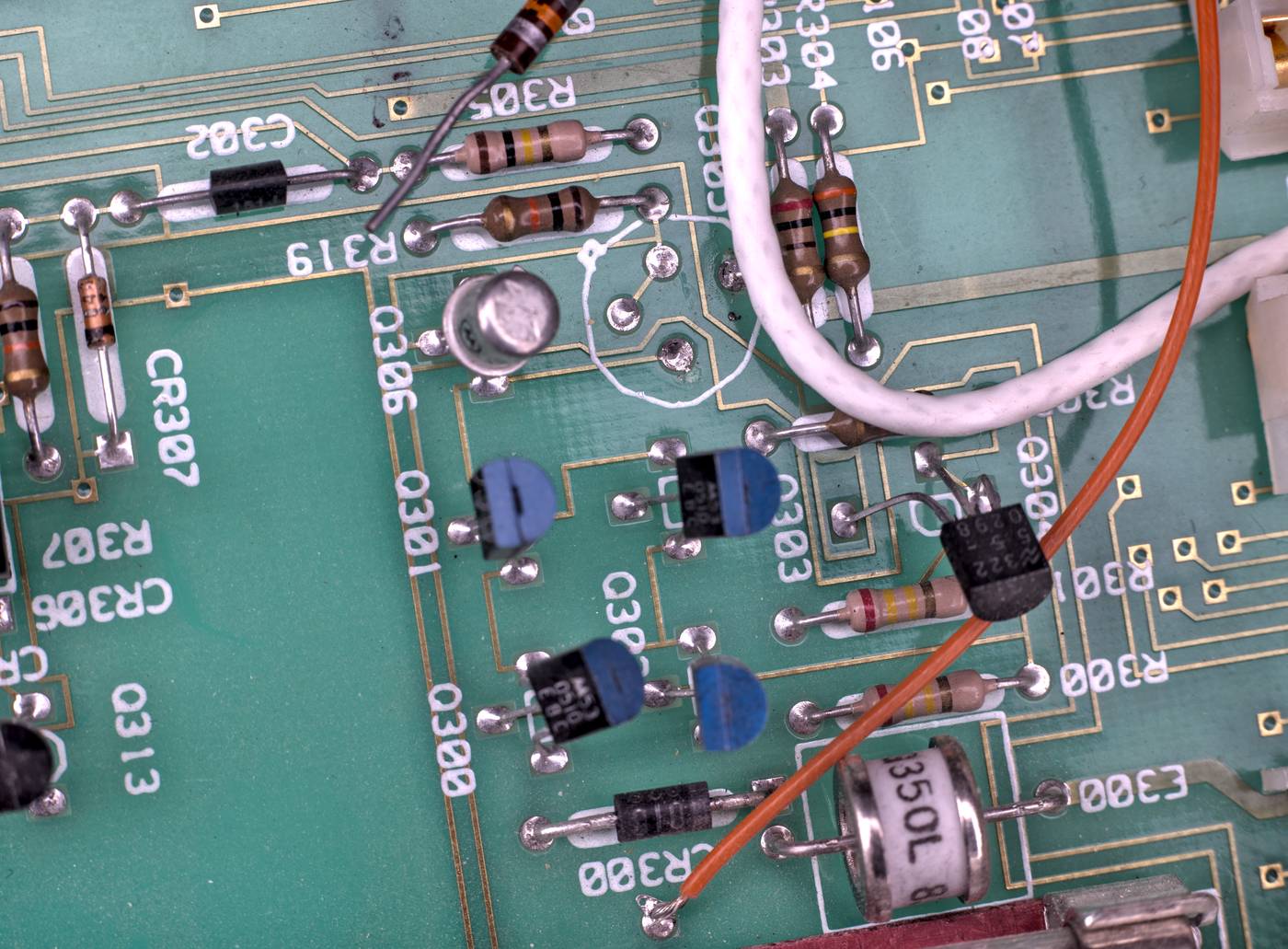
Image 18. Hand-drawn outline, not very round
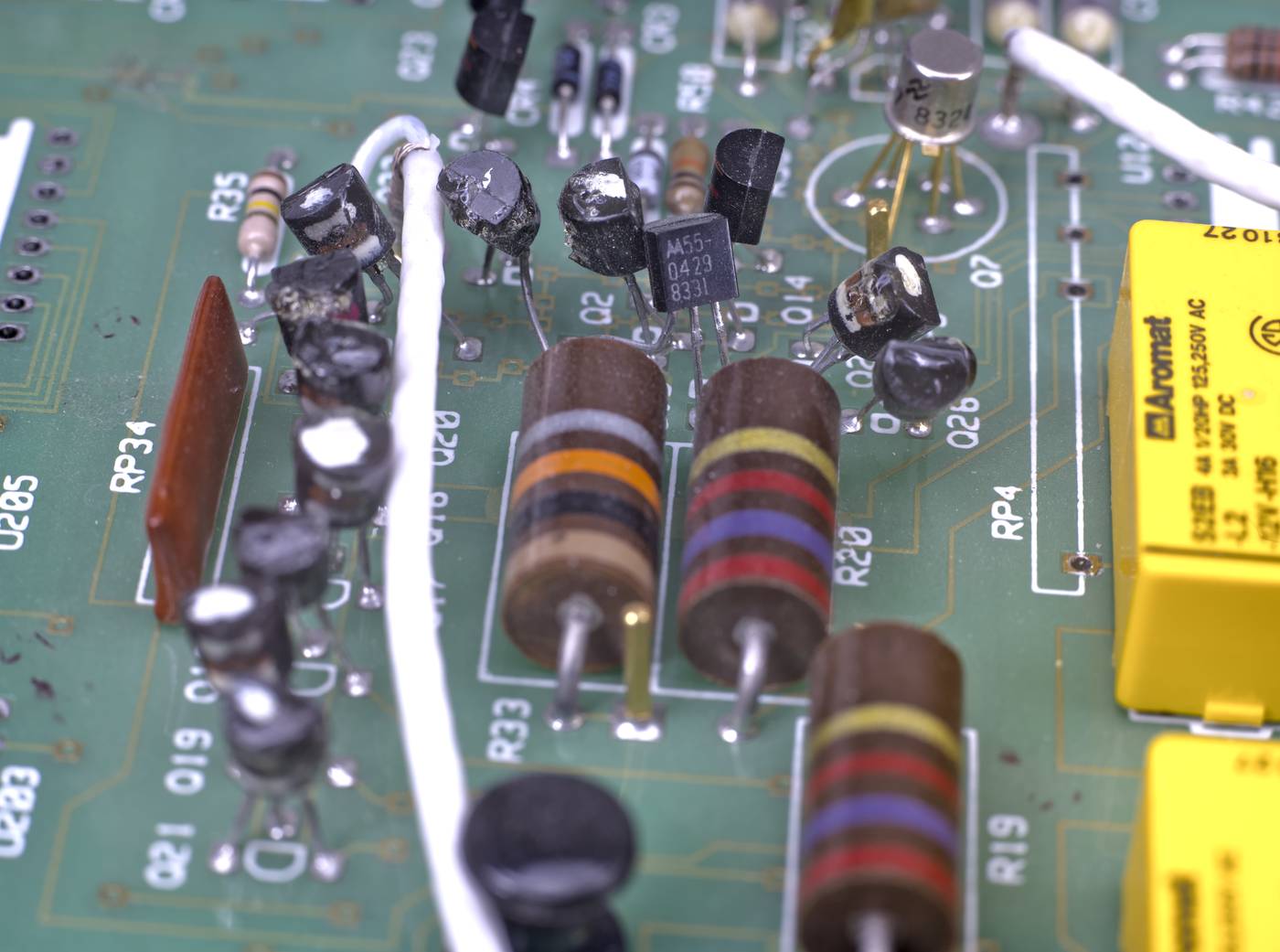
Image 19. Some more JFETs and missing high voltage divider RP4
Some JFETs are epoxied together and marked with color bands. Maybe early devices? Sadly RP4 high-voltage divider resistor network is missing but we can easily spot it’s location on the PCB.
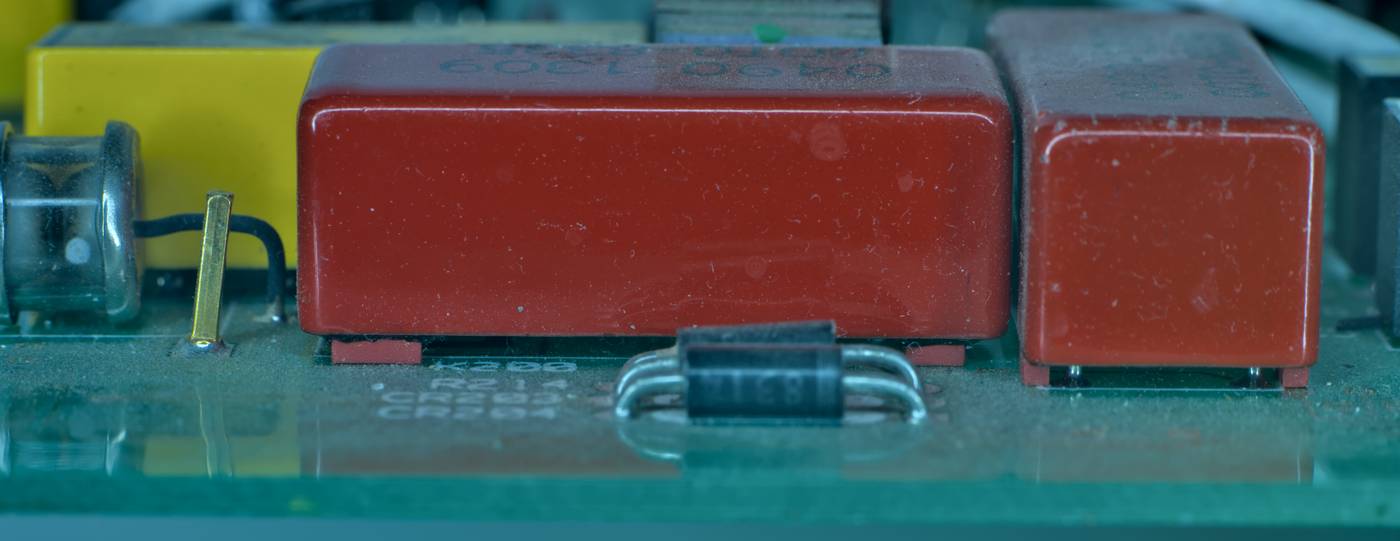
Image 20. Little pad bumpers are attached to COTO reed relays to provide some spacing with PCB mount.

Image 21. High voltage EAC 0490-0683 HYP? reed relay
EAC (Electronic Applications Company) was formed in 1959. In July, 1993, the name was changed to EAC Electronics Company. EAC Electronics was american company specializing in the design and manufacture of standard and custom reed relays. They were based at 14090 Laurelwood Pl Chino, CA 91710, USA.
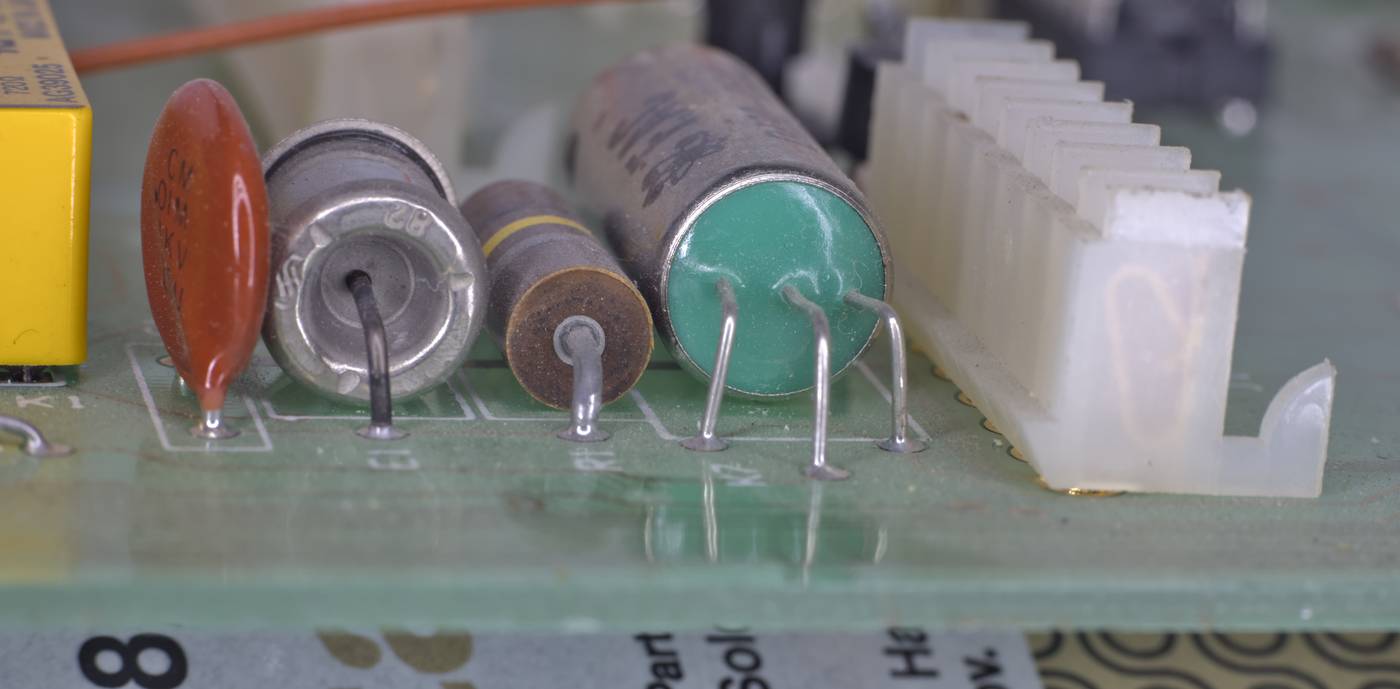
Image 22. High-voltage parts near connectors together with teal reed relay seal
Overall it is a very interesting artifact, highlighting the fact that 3458A didn’t just magically came to life in a year or two but was deep in development for many years from beginning of 80’s until it’s release in 1989. This is very cool piece to have in the lab, making modern Keysight 3458A DMM design age at least 40 years old with only production-type changes over this long time.
Conclusion
If you were involved in early days of HP3458A DMM project and can share some more information about history of this instrument – please do contact me and we’d love to publish that for the future test equipment enthusiasts joy.
Stay tuned for more information in future on xDevs pages. I might reverse engineer some bits and pieces from this board for better understanding the detailed differences to current hardware in 3458A. If you are interested and want to discuss details, you are welcome at our own IRC chat server: xdevs.com (port 4808, channel: #xDevs.com) or by reaching out with email.
Projects like this are born from passion and a desire to share how things work. Education is the foundation of a healthy society - especially important in today's volatile world. xDevs began as a personal project notepad in Kherson, Ukraine back in 2008 and has grown with support of passionate readers just like you. There are no (and never will be) any ads, sponsors or shareholders behind xDevs.com, just a commitment to inspire and help learning. If you are in a position to help others like us, please consider supporting xDevs.com’s home-country Ukraine in its defense of freedom to speak, freedom to live in peace and freedom to choose their way. You can use official site to support Ukraine – United24 or Help99. Every cent counts.
Modified: March 26, 2025, 9:13 p.m.

